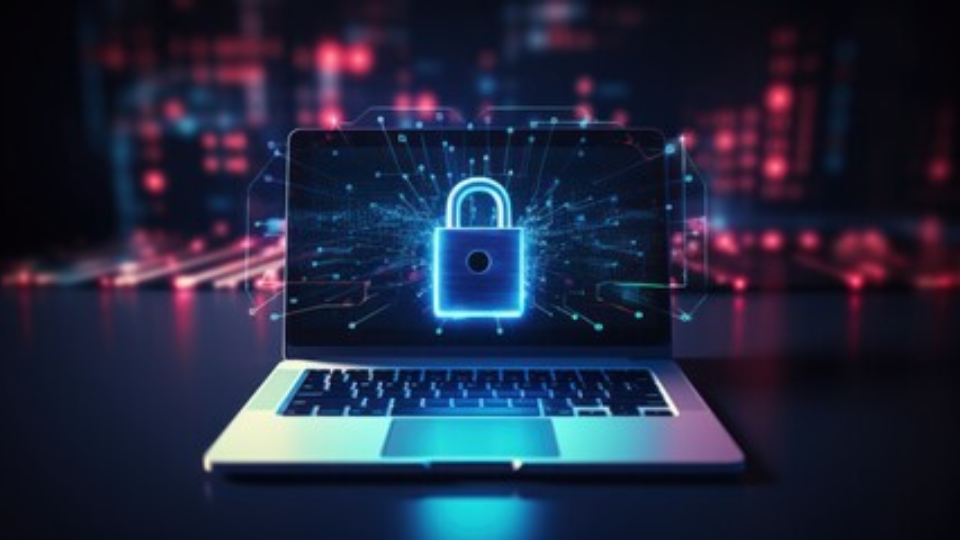Are you considering deleting all McAfee files from your computer? Before taking this step, it’s important to understand the potential consequences and the proper steps to uninstall these files. In this article, we will explore the reasons why you might want to delete McAfee, the potential risks involved, and provide you with alternative antivirus programs to consider. Additionally, we’ll share some tips on how to keep your computer secure without relying on McAfee.
Reasons to Consider Deleting McAfee Files
If you’re thinking about deleting McAfee files, there are several reasons why you should consider it. One of the main reasons is the risk of a data breach. While McAfee is designed to protect your computer from malware and viruses, it has been known to have vulnerabilities that can be exploited by hackers. In fact, there have been instances where McAfee itself has been the target of attacks, resulting in data breaches and the exposure of sensitive information. By deleting McAfee files, you can reduce the chances of such breaches and protect your data.
Another reason to consider deleting McAfee files is to improve your computer’s performance. McAfee is known for being resource-intensive and can significantly slow down your system. It constantly runs in the background, consuming valuable processing power and memory. This can lead to sluggish performance, longer startup times, and overall frustration. By removing McAfee, you can free up system resources and potentially see a noticeable improvement in your computer’s speed and responsiveness.
Potential Consequences of Removing McAfee Files
Before deleting all McAfee files, it is important to be aware of the potential consequences that may arise. Removing all McAfee files can pose potential risks and have a significant impact on system performance.
One potential risk of deleting all McAfee files is leaving your computer vulnerable to malware and other malicious threats. McAfee provides real-time protection against various types of malware, including viruses, ransomware, and spyware. Without this protection, your system becomes more susceptible to attacks, which can compromise your personal data and disrupt your computer’s functionality.
In addition to the potential security risks, deleting all McAfee files can also have a negative impact on your system’s performance. McAfee includes features such as background scanning and system optimization that help improve your computer’s speed and efficiency. By removing these files, you may experience slower performance, increased system crashes, and a decrease in overall productivity.
It is important to note that if you decide to remove all McAfee files, you should have an alternative antivirus solution in place to ensure the ongoing protection and security of your computer. It is also recommended to consult with a professional or the McAfee support team before proceeding with any major changes to your system.
Proper Steps to Uninstall McAfee Files
To properly uninstall McAfee files, follow these steps for a smooth and effective removal process:
- Step 1: Disable McAfee protection: Before uninstalling McAfee, it is important to disable all its protection features. Open the McAfee program and navigate to the settings or preferences section to turn off real-time scanning, firewall, and any other active protection.
- Step 2: Uninstall McAfee: Go to the Control Panel on your computer and locate the “Programs” or “Programs and Features” option. Find McAfee in the list of installed programs, right-click on it, and select “Uninstall” or “Remove.” Follow the on-screen instructions to complete the uninstallation process.
- Step 3: Use the McAfee removal tool: Sometimes, the regular uninstallation process may leave behind residual files. To ensure a complete removal, download and run the official McAfee removal tool from their website. This tool will scan for any leftover files or registry entries and remove them.
- Step 4: Restart your computer: After uninstalling McAfee and using the removal tool, restart your computer to finalize the removal process and ensure any remaining components are fully removed.
Common issues when uninstalling McAfee include incomplete removal, errors during the process, or conflicts with other software. By following these steps, you can avoid these issues and uninstall McAfee files effectively.
Alternative Antivirus Programs to Replace McAfee
Consider switching to alternative antivirus programs as replacements for McAfee. When it comes to protecting your computer from malware and other online threats, there are several options available. If you prefer a free antivirus solution, some of the best options include Avast Free Antivirus, AVG AntiVirus Free, and Avira Free Security. These programs offer basic protection against viruses, spyware, and other types of malware, without the need for a subscription.
On the other hand, if you’re willing to invest in a paid antivirus program, there are several reputable options to choose from. Norton AntiVirus Plus, Bitdefender Antivirus Plus, and Kaspersky Anti-Virus are among the top contenders in this category. These programs offer more comprehensive protection, including advanced features like real-time threat detection, firewall protection, and secure browsing.
When selecting an alternative antivirus program, it’s important to consider factors such as the program’s effectiveness in detecting and removing malware, its impact on system performance, and the level of customer support provided. Additionally, be sure to check for compatibility with your operating system and other software. Ultimately, the best antivirus program for you will depend on your specific needs and preferences.
Tips for Keeping Your Computer Secure Without McAfee
Switch to an alternative antivirus program to keep your computer secure without relying on McAfee. Here are some tips for improving computer performance and protecting it from common computer security threats:
- Regularly update your operating system and software: Keeping your computer’s operating system and software up to date is crucial for security. Updates often include patches and fixes for known vulnerabilities.
- Use a strong and unique password for your accounts: Weak passwords make it easier for hackers to gain unauthorized access to your accounts. Create strong passwords that include a combination of uppercase and lowercase letters, numbers, and special characters. Additionally, use a different password for each account to minimize the risk of multiple accounts being compromised if one password is compromised.
- Be cautious when clicking on links and downloading files: Phishing emails and malicious websites often trick users into clicking on links or downloading files that contain malware. Exercise caution and only click on links or download files from trusted sources.
- Enable a firewall: A firewall acts as a barrier between your computer and the internet, filtering incoming and outgoing network traffic. Enable the built-in firewall on your operating system or consider using a third-party firewall for added protection.






